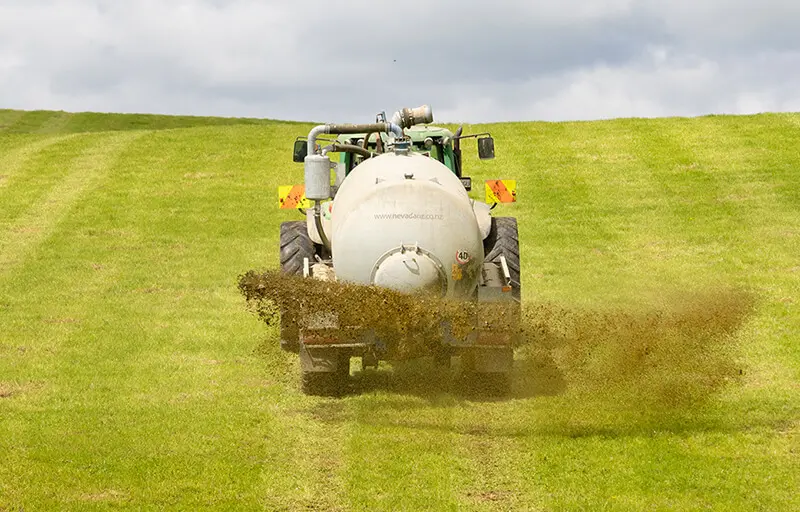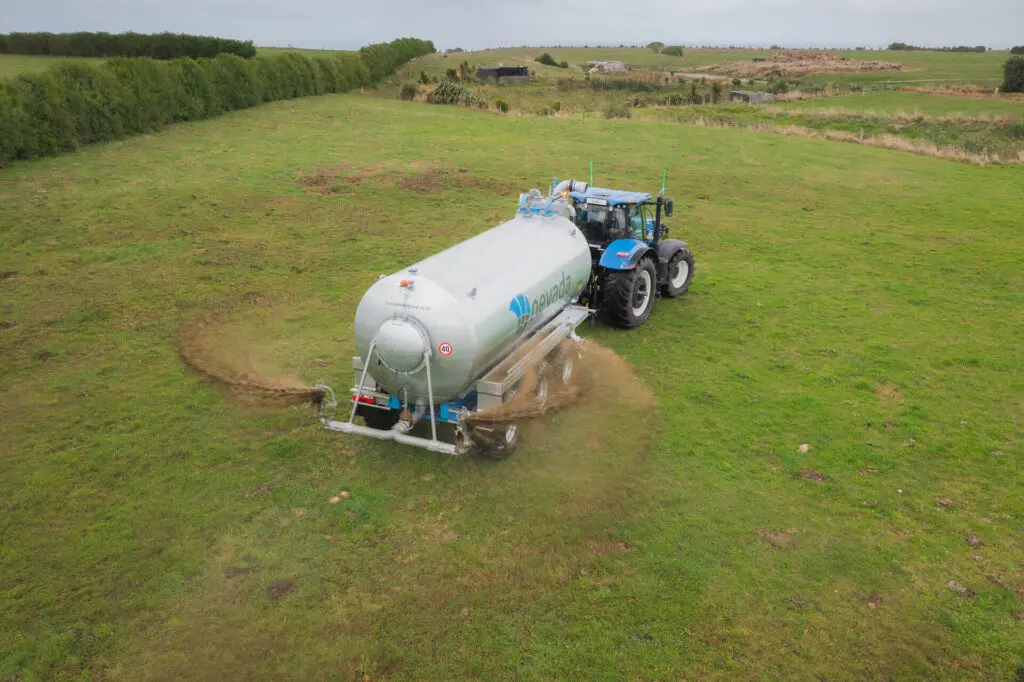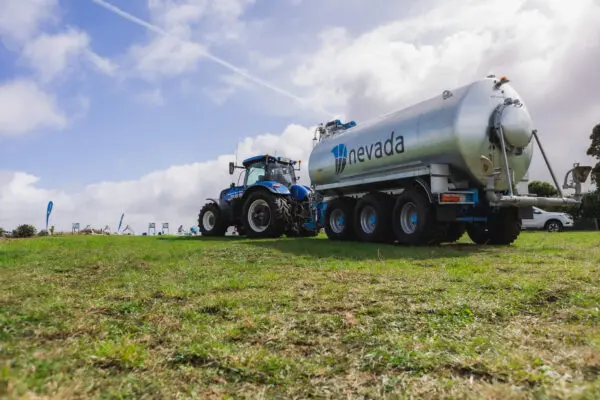- Sustainable Effluent Management
All Nevada slurry tankers are fitted with RainWaveTM applicators because they provide a superior spread that’s simply not possible with a splash plate, injector unit or trailing shoe.
Our RainWaveTM applicators produce larger liquid droplets which allow for a wider, more controlled and even spread. The larger droplets are less susceptible to wind drift and volitisation meaning more nutrients make it into the soil for plants to drink.


Not only does the RainWaveTM maximise use of the available nutrients, it’s also fast spreading at 1mm depth at safe speeds of 7km/hour. Of course, the amount you can spread depends on the size of your slurry tanker and how many loads you’re taking back and forth. For larger tankers we install a duo RainWaveTM to maximise efficiency on larger loads.
If you’re wanting to add additional nutrients to your effluent, our auto-fill easel makes it easy with a valve for the nutrients to be added so you can do two jobs at once! Now that’s efficient!

"*" indicates required fields

"*" indicates required fields

"*" indicates required fields

"*" indicates required fields

